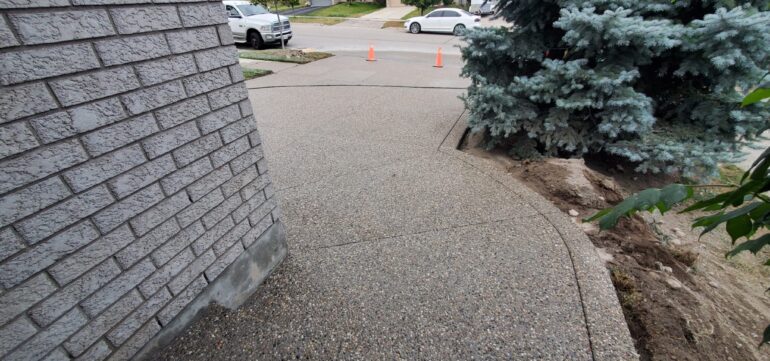
Concrete paths and walkways
Planning and Design
Purpose and Use
Determine the primary function of the path or walkway. Is it for light residential use, or does it need to accommodate heavier traffic or weights?
Location and Layout
Decide where the path or walkway will go. Consider the most direct route versus a more scenic or winding path, depending on the intended use and aesthetic preferences.
Width and Size
Standard walkways are typically 3 to 4 feet wide to accommodate walking side by side, but wider paths may be necessary for high-traffic areas or to meet specific design requirements.
Drainage
Plan for effective drainage to prevent water accumulation on the surface, which can lead to slipping hazards and damage the concrete over time.
Integration with Landscape
Consider how the path or walkway will integrate with existing or planned landscape features. Think about materials, colors, and textures that will complement the surroundings.
Before starting the project
Check for Permit requirements
Before starting any concrete project, it’s good to check with local authorities to determine if any permits are required. Regulations can vary, and compliance is important to avoid legal issues.
Landscaping
Consider landscaping around the project to enhance its visual appeal. Planting greenery along the edges or incorporating decorative elements can complement the overall design
Maintenance and Care
Sealing
Sealing the concrete periodically helps protect it from stains, moisture penetration, and the effects of weathering. The frequency of sealing depends on factors such as climate and usage.
Expansion Joints
To minimize the risk of cracking, expansion joints should be incorporated into the concrete driveway. These joints allow for natural expansion and contraction of the concrete in response to temperature changes.